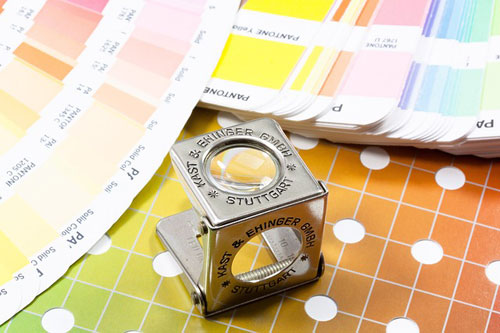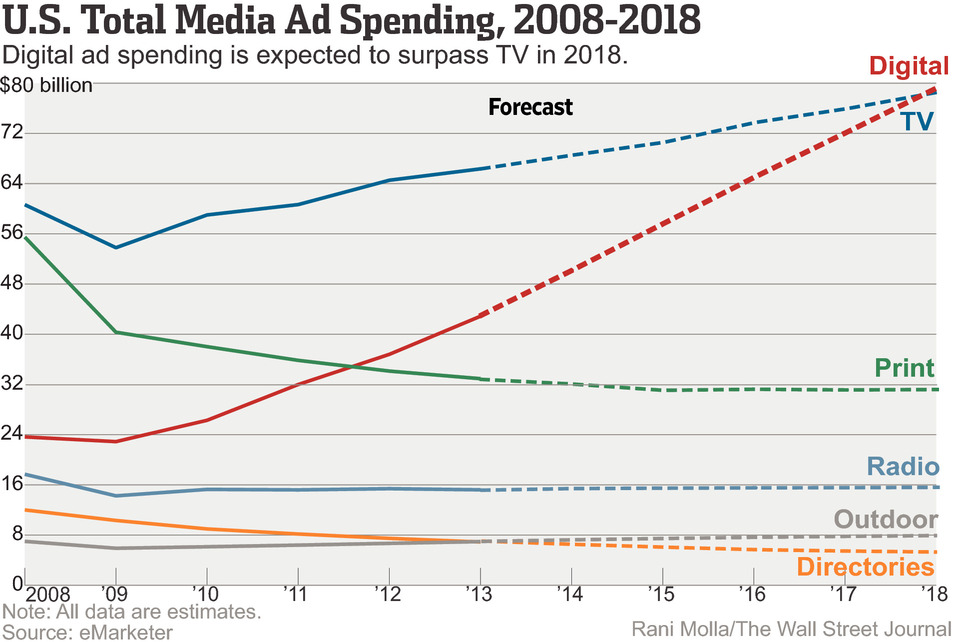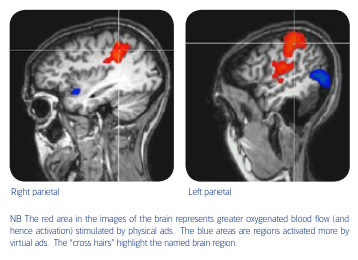We recently shared three tips on how to track the ROI of print marketing, and one of them focused on how to track your offline advertising online. The goal is to measure the visitors that come to your website because of a print ad campaign.
Because the topic is fairly complex and extremely important to understanding how effective your print ads are, in this article we’ll explore how to track print advertising in Google Analytics.
Step 1: Set up a URL specific to your print campaign.
The goal here is to provide a new and unique URL that is short and easy for a customer to remember, as they’ll have to type it into their computer when they see it on your ad.
There are two methods to do this.
Add a unique page to your website
This just means to add a new page to your site that is specifically targeted to your print campaign.
As an example, let’s say your company website is ABCwidgets.com. What you would do in this method is create a new page that is only advertised on your print ads.
Let’s say in this case you are using your print campaign to advertise a sale on widgets. On the ads you may direct customers to your new page, ABCwidgets.com/sale, that you’ve created specifically for the print campaign.
Purchase a vanity URL
The second method is to purchase a completely new URL; this is really more like an additional step to the first method. This doesn’t mean that you will build a separate website, just that you will buy a URL that will redirect to your existing website.
The advantage here is that you can purchase a URL that is very easy for customers to remember and type into their browser. Maybe you’ve already created ABCwidgets.com/sale page, but you don’t want your customers to have to remember that entire URL. So you purchase WidgetSale.com.
When customers enter WidgetSale.com, they will be sent to the page you set up, ABCwidgets.com/sale. To do this, see this article on how to set up a 301 redirect.
Step 2: Track the visitor in Google Analytics
Whichever method you use, it is key track the number of visitors you receive from the print campaigns in Google Analytics. Otherwise, the trouble you went to in step 1 was a waste of time.
To see how many customers came to ABCwidgets.com/sale, you’ll just go into Google Analytics, click “Behavior” in the left sidebar, then click “Site Content” and then click “Landing Page.”
In this section, look for /sale; the numbers in this row represent all the people that came directly to the ABCwidgets.com/sale page of your site without going to your homepage. Since you’ve only advertised that particular page on your print ads, you know they came to your site because they saw the ad. If you are tracking sales or conversions on your site, you can use this information to see exactly how effective your print ad campaign was.
Don’t forget to visit our previous article on calculating ROI on print advertising to also learn how you can track phone calls coming in from your ads.








